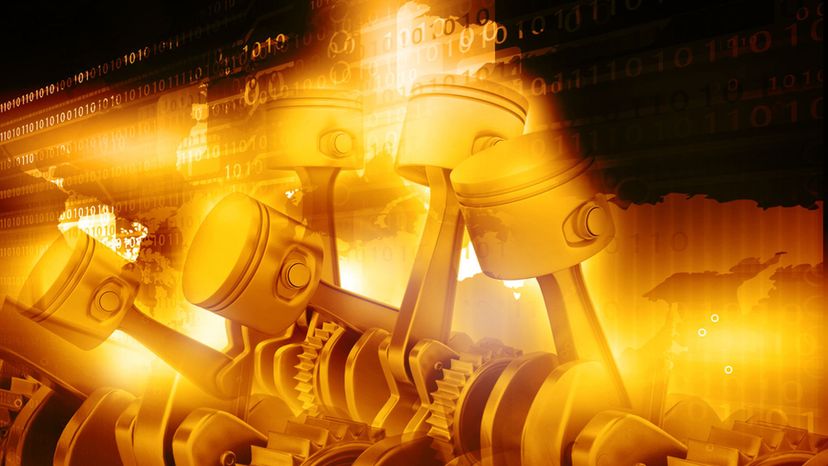
About This Quiz
Do you get fired up about engines? Can you say that pure fuel courses through your veins? Do the gears literally turn in your head?Â
The combustion engine is a modern marvel, which is constantly being refined and improved. Few inventions have withstood the test of time like the engine. While the first few engines were far simpler, not nearly as reliable, noisier, less efficient, and rougher than what we have today, the overall principles remain largely unchanged. That's amazing all by itself.Â
But, that's no to say that Karl Benz, Henry Ford, and others wouldn't be floored and/or mystified by the design and function of today's engines. Early engines might have mad a hundred or so parts in them, while modern engines contain hundreds of components.Â
Just how well do you know all these many parts? It's one thing to be able to name off the different ones, and something else to know what they do. Can you name the engine part, only knowing its function? Test out your knowledge right now by taking this quiz!
Advertisement
Advertisement
Advertisement
Advertisement
Advertisement
Advertisement
Advertisement
Advertisement
Advertisement
Advertisement
Advertisement